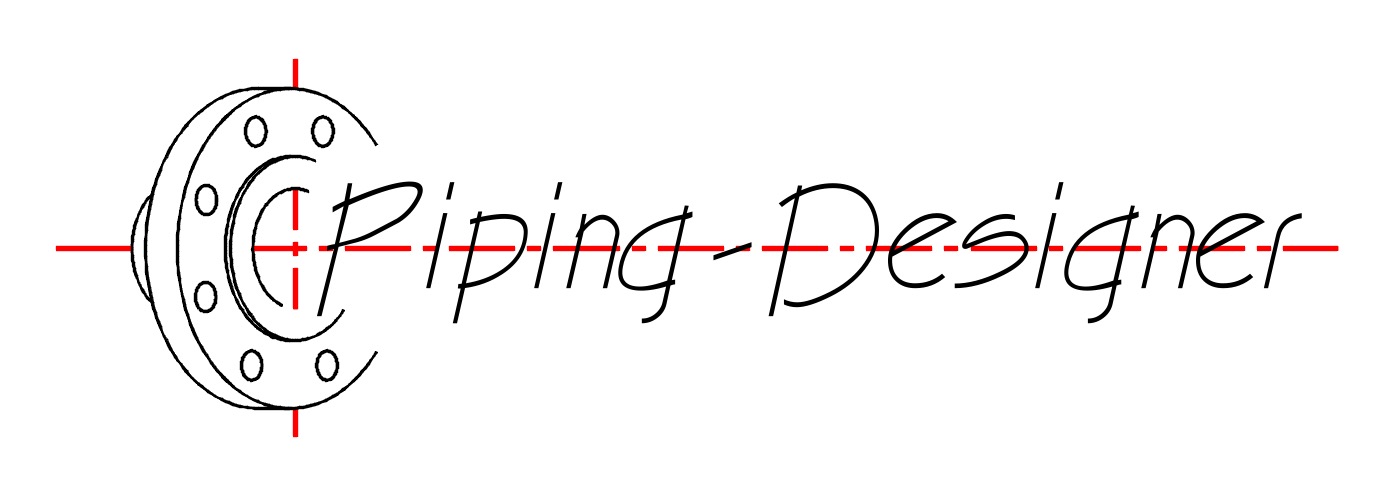Ultrasonic Flow Meter
Ultrasonic flow meter is a non-intrusive device used to measure the flow rate of liquids or gases in a pipe by utilizing ultrasonic sound waves. It operates on the principle of sending ultrasonic pulses through the fluid and measuring the time it takes for the waves to travel between transducers, either in the direction of the flow or against it. The difference in transit time, known as the time-of-flight method, or the Doppler shift in the frequency of the reflected waves, is used to calculate the velocity of the fluid, which is then converted into a flow rate. These meters are highly accurate, versatile, and widely used in industries such as water treatment, oil and gas, and chemical processing, as they can measure a variety of fluids, including those with particulates or bubbles, without requiring direct contact with the medium. Their non-invasive nature, achieved through clamp-on or inline designs, minimizes maintenance and eliminates the need to cut into pipes, making them cost-effective and suitable for both temporary and permanent installations.
How it Work
Ultrasonic flow meters typically use transducers (devices that convert electrical energy into ultrasonic waves and vice-versa) to send and receive ultrasonic signals through the fluid. There are two main operating principles:
Transit-Time (Time-of-Flight) - This is the most common type for clean liquids.
- Transducers (sensors) are placed on opposite sides of a pipe, one upstream and one downstream.
- Ultrasonic pulses are sent through the fluid in both directions (with and against the flow).
- The time taken for pulses to travel is measured; pulses travel faster with the flow and slower against it.
- The time difference between upstream and downstream travel is used to calculate the fluid’s velocity.
Doppler Effect - This type is generally used for fluids containing suspended solids, gas bubbles, or other reflective particles.
- A single transducer sends ultrasonic waves into the fluid.
- Waves reflect off particles, bubbles, or impurities in the fluid.
- The frequency shift (Doppler effect) of the reflected waves is analyzed to determine the fluid’s velocity.
Ultrasonic Flow Meter Advantages and Disadvantages | |
|---|---|
| Advantages | Disadvantages |
|
|

